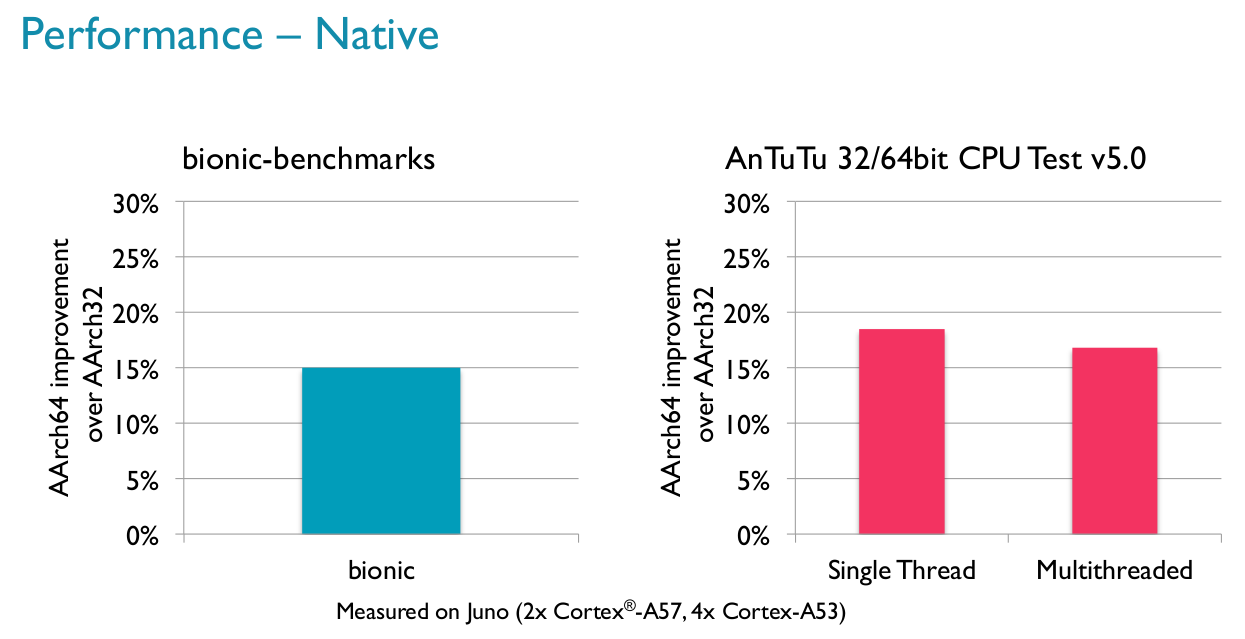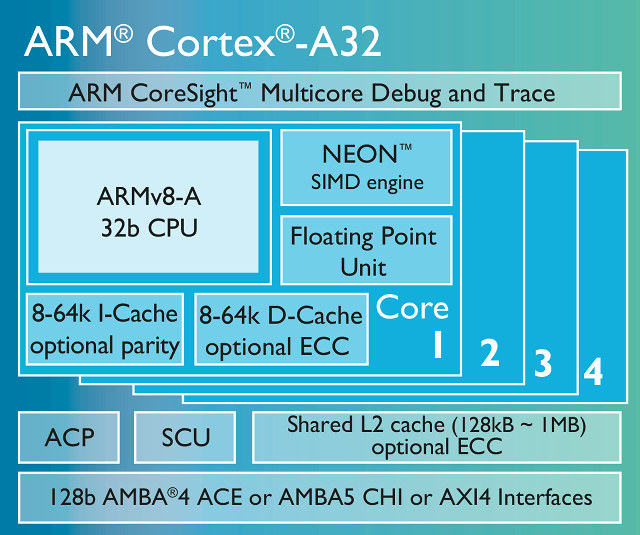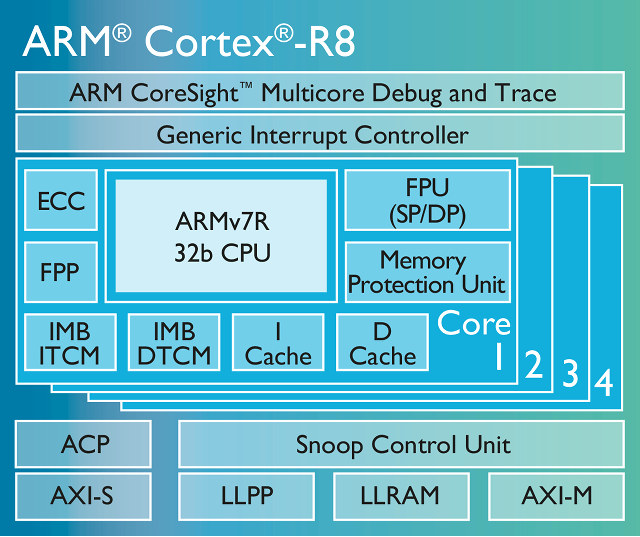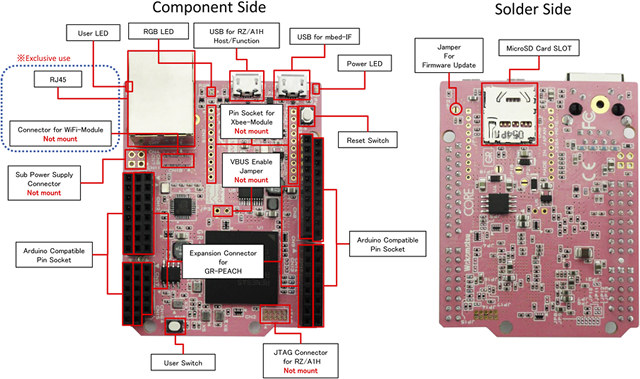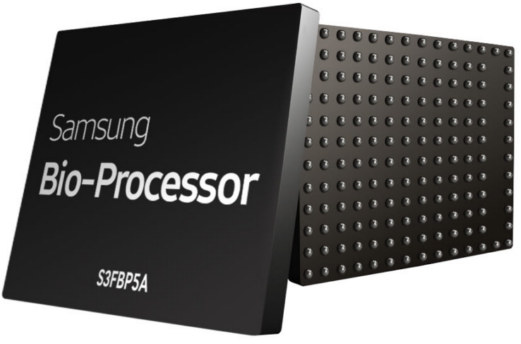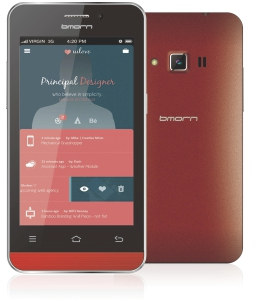Yesterday was quite an eventful day with the launch of two low cost 64-bit ARM development boards, namely Raspberry Pi 3 and ODROID-C2, and as usual there were some pretty interesting discussions related to the launch of the boards in the comments section. One of the subject that came is that while Raspberry Pi 3 board is using a 64-bit processor, the operating systems are still compiled with 32-bit instructions (Aarch32) and even optimized for ARMv6, and they intend to keep it that way according to Eben Upton interview: Eben readily admits that not all the capabilities of the new parts are going to be used at launch, however. “Although it is a 64‑bit core, we’re using it as just a faster 32-bit core,” he reveals about the Pi 3’s central processing unit. “I can imagine there’d be some real benefits [to 64-bit code]. The downside is that you do […]
ARM Unveils Ultra-efficient Cortex-A32 32-bit Processor Based on ARMv8 Architecture
So far you could safely equate 64-bit ARM processors with ARMv8 architecture. Not anymore. A few months after introducing Cortex A35 low power ARMv8 64-bit processor, ARM has now announced Cortex-A32 processor, even more power efficient, support ARMv8-A architecture, and designed for 32-bit embedded and IoT applications. Key features of Cortex-A32 cores: Architecture – ARMv8-A (AArch32) Multicore – 1-4x SMP within a single processor cluster, and multiple coherent SMP processor clusters through ARM AMBA 4 ACE, AXI 4 or AMBA 5 CHI technology ISA Support A32+T32 with full backward compatibility with ARMv7-A ARM TrustZone security technology ARM NEON Advanced SIMD DSP & SIMD extensions VFPv4 Floating point Hardware virtualization support Debug & Trace – ARM CoreSight DK-A32 So they’ve got rid of AArch64 instruction set out of ARMv8 architecture in order to improve power efficiency, while keeping the 100 new instructions part of Aarch32 to improve performance, and keeping ARMv7-A […]
ARM Cortex-R8 Real-Time Processor targets SSDs, LTE Advanced and 5G Modems, and Other Embedded Applications
ARM Cortex-A processor may get all the media buzz as they are found in popular consumer devices such as smartphones, but ARM also provides Cortex-R processors with real-time capabilities that are found in cars, hard drives, and other embedded systems requiring high reliability, fault tolerance, and deterministic real-time responses. The company has just announced Cortex-R8 real-time core that should double the performance of Cortex-R7 core, and targeting mainly storage devices such as SSDs and HDDs, as well as next generation LTE and 5G modems. Cortex-R8 key features: Microarchitecture – 11-stage pipeline with instruction pre-fetch, branch prediction, superscalar and out of order execution, register renaming, parallel execution paths for load-store, MAC, shift-ALU, divide and floating-point. Also features a hardware divider and is software compatible with the ARM9, ARM11, Cortex-R4, Cortex-R5 and Cortex-R7 embedded processors. Instruction Set – ARMv7-R architecture with Thumb-2 and Thumb. Support for DSP extensions, as well as an […]
Linaro Connect 2016 Bangkok Schedule – March 7-11, 2016
Linaro Connect Bangkok (BKK16) will take place on March 7 – 11, 2016, and the schedule is now available for the 5-day event with keynotes and sessions. Whether you’re going to attend or not, it’s always interesting to check the schedule to find out what’s going on in terms of ARM Linux development. The five days will focus on work by different Linaro groups, but really sessions are mixed for any given day, and I’ve created a virtual schedule for each day with available information, as Linaro has become a little more closed to the outside than when it was launched a few years ago. Monday 7 – LITE (Linaro IoT & Embedded Group) 1400 – 14:50 – Evolution of the Reference Software Platform Project The Reference Software Platform lead project was introduced in Linaro Connect San Francisco 2015, and since then it evolved and matured with the completion of […]
Renesas GR-PEACH mbed Board Features RZ/A1H Processor with 10MB On-chip Memory
Renesas RZ/A1 ARM Cortex A9 processors were unveiled in 2013, and one of the differentiating feature was the large amount of on-chip SRAM with up to 10MB for RZ/A1H model. The following year, Renesas’ RZ/A1 professional development kit, and some RZ/A1H modules were launched, and I’ve now just seen a tweet about Renesas GR-PEACH development board that is mbed compatible, feature Renesas RZ/A1H processor, and happens to be pink. There are actually two models based on the same PCB: GR-PEACH normal without header, and a “WiFi” connector, and GR-PEACH Full with female headers and an Ethernet port. Both basically share the same specifications: SoC – Renesas RZ/A1H ARM Cortex-A9 Core @ 400 MHz with 10MB on-chip RAM, NEON and FPU, and 128KB L2 cache Storage – 8MB FLASH + micro SD slot Connectivity – Normal: Optional BP3595 WiFi module; FULL: 1x 10/100M Ethernet(Microchip LAN8710A); Both: Xbee connector (unpopulated) USB – […]
AMD Launches 3 ARM based Opteron A1100 Server SoCs: A1120, A1150 and A1170
AMD Roadmap showed “Seattle” Cortex A57 server SoC were expected in H2 2014, which later became known as Opteron A1100, and the company unveiled their Optron A1100 development board in summer 2014, but since then there has been a few delays, the announcement of Huskyboard 96Boards EE development board, and finally they announced availability of three Opteron A1100 processors yesterday. So there’s one quad core Cortex A57 with Opteron A1120, and two octa-core with Opteron A1150 and A1170 clocked at respectively 1.7 and 2.0 GHz. I was surprised by the rather high TDP at 25W and 32W since one of ARM advantage is low power consumption. But since it is a server SoC it needs to be compared to Intel server SoC, and AnandTech did that against Intel Atom C2750 with eight Silvermont cores @ 2.4 GHz. On the three important metrics, i.e. price, performance and power consumption, AMD A1170 […]
Samsung S3FBP5A Bio-Processor Targets Fitness Tracking Wearables
We now have many wearables capable of monitoring your activities, be it smartwatches or fitness tracker, and usually they are comprised of several small sensor chips, a low power micro-controller, a Bluetooth radio, and possibly some other ICs . Samsung has been designing and just launched a bio-processor to regroup most of those features into a single chip which should only require a fourth of the area required by current multi-chip solutions. While the press release did not mention the part number, the included picture – shown above – sort of gave a clue, and Samsung S3FBP5A bio-processor has the following specifications: MCU – ARM Cortex-M4 Memory – 256 KB RAM Storage – 512 KB flash DSP Sensors – 5 Analog frontends (AFEs) measuring: PPG (photoplethysmography) ECG (electrocardiography) Skin temperature BIA (bioelectrical impedance analysis) Galvanic skin response (GSR) I/Os – SPI, I2C PMIC Security units The sensors will enable measurements […]
Bmorn W4301 is a $34 Android Smartphone Powered by Intel Atom x3-C3101 Processor
Intel unveils their plans for Atom X3, X5 and X7 processors last year, but so far we’ve mostly seen devices with Atom X5 processors. The lowest end Intel Atom processor, namely X3-C2101 “Sofia” dual core processor, with an ARM Mali-400MP GPU and 3G connectivity did find its way into Teclast X70 3G tablet that is now selling for $64 and up retail (but there’s a deal on Geekbuying for $45.99), and a company called Bmorn is about to launch their W4301 smartphone based on Intel/Rockchip X3-C2101 SoC for just $34 ( factory price in quantities), but I think the retail price should be around $60 including shipping. Bmorn W4301 preliminary specifications: SoC – Intel Atom x3-C3130 dual x86 core processor @ up to 1GHz with Mali-400MP2 GPU @ 533 MHz System Memory – 512MB or 1GB LPDDR2 Storage – 4 or 8 GB eMMC Display – 4″ touchscreen with 800×600 resolution […]


